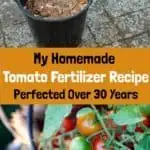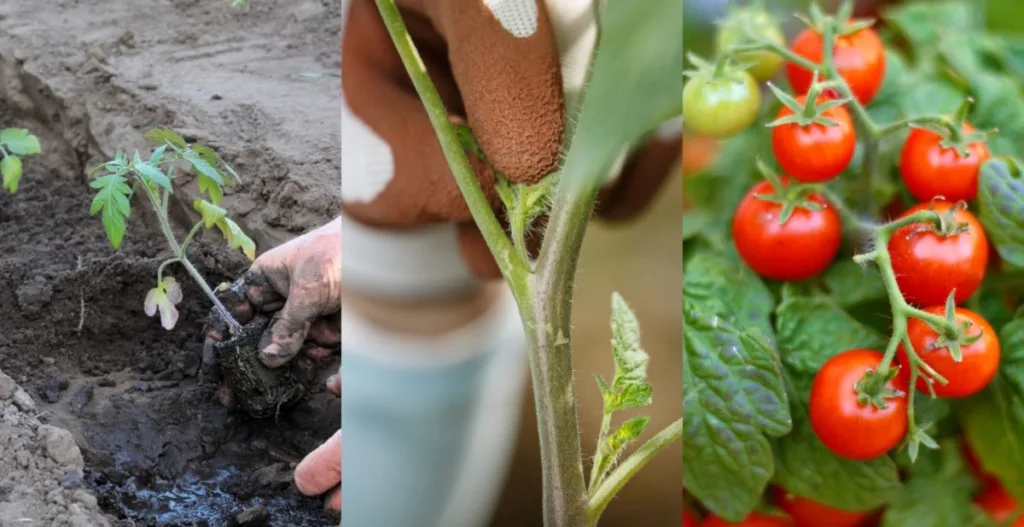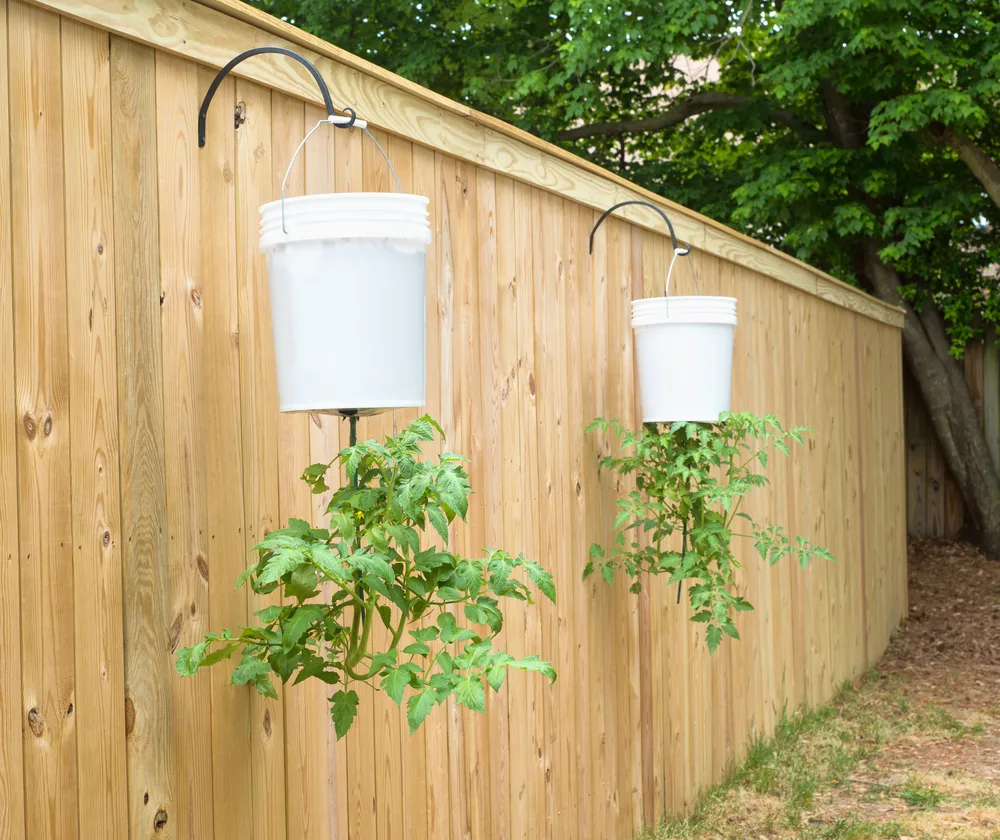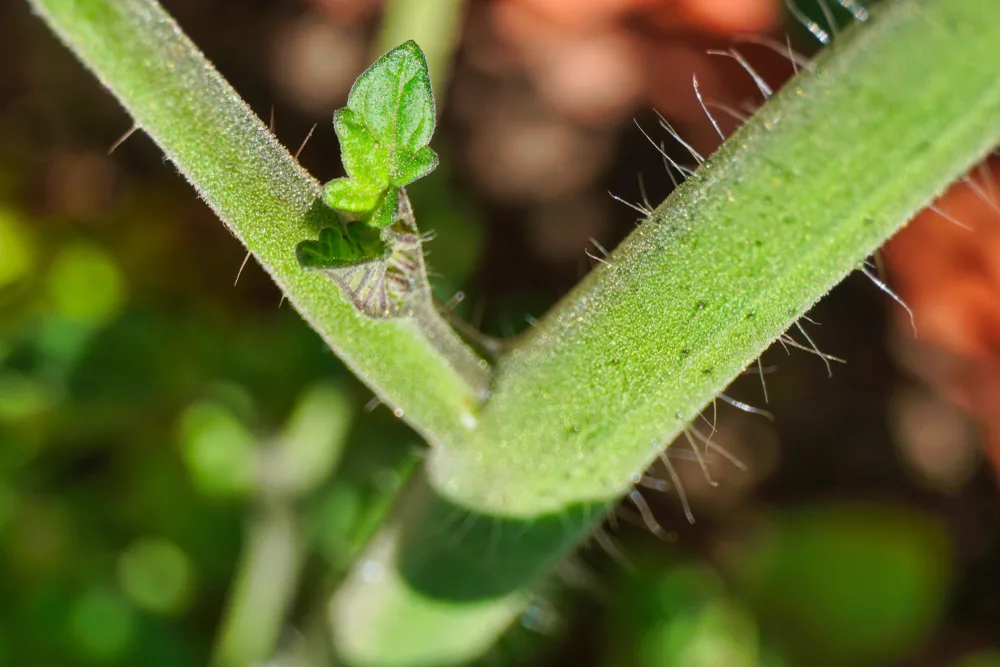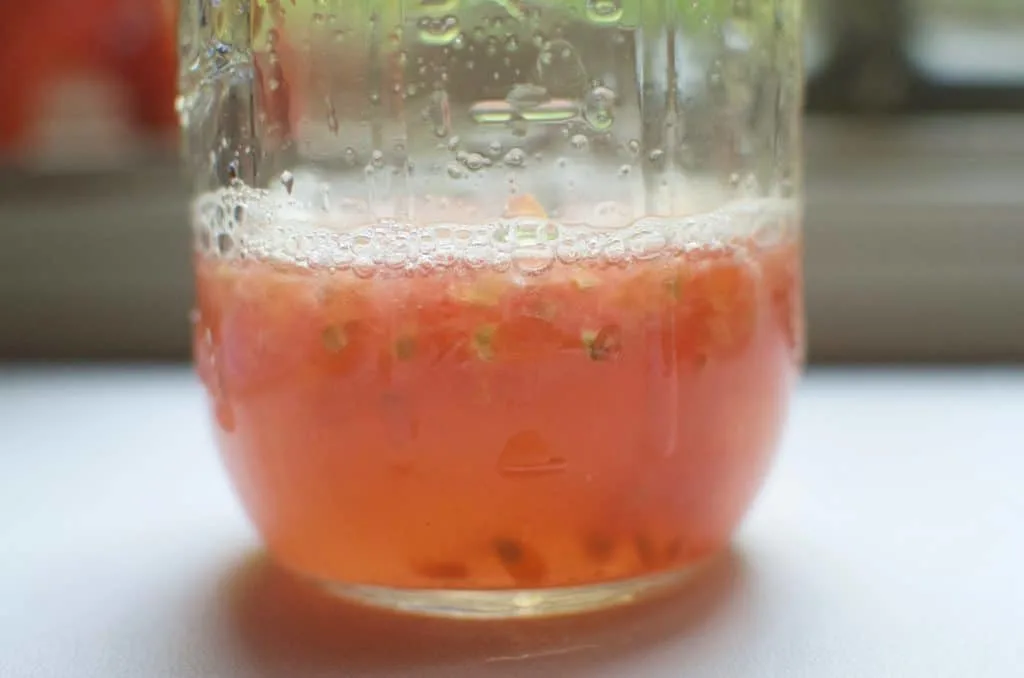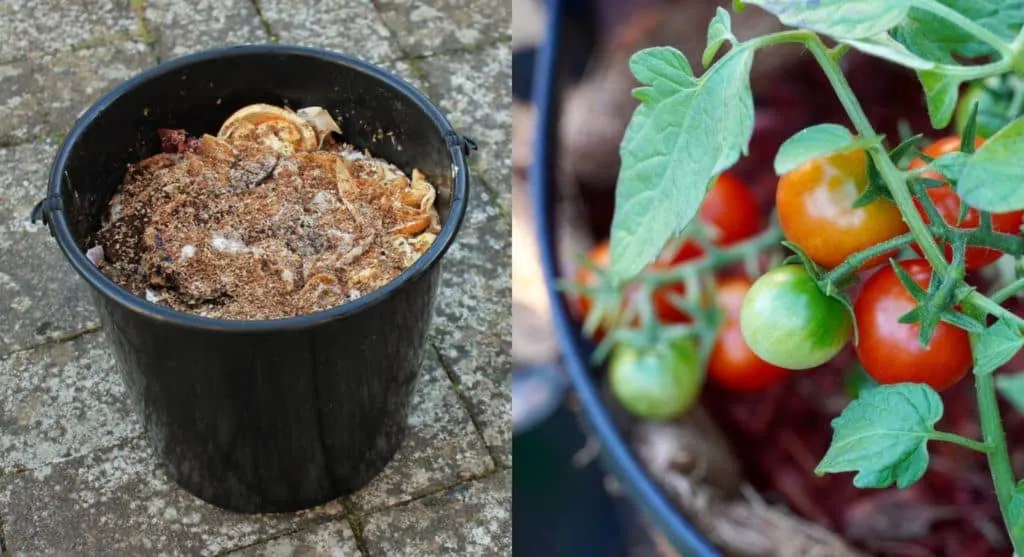
There is nothing quite like biting into a deliciously fresh and homegrown tomato.
Tomatoes are a staple in almost all edible gardens and for good reason.
Keeping your tomato plants happy throughout the growing season is one way to ensure a bountiful harvest.
Tomatoes are exceptionally heavy feeders, meaning they require close attention to quality feeding if you desire a bumper crop. Both healthy plant and fruit growth should be a priority when feeding tomatoes.
The two main nutrients that tomatoes require are phosphorus – which helps make big and beautiful flowers and fruit and calcium which prevents blossom-end rot. This condition, marked by a sunken hole on the flower end marks calcium deficiency.
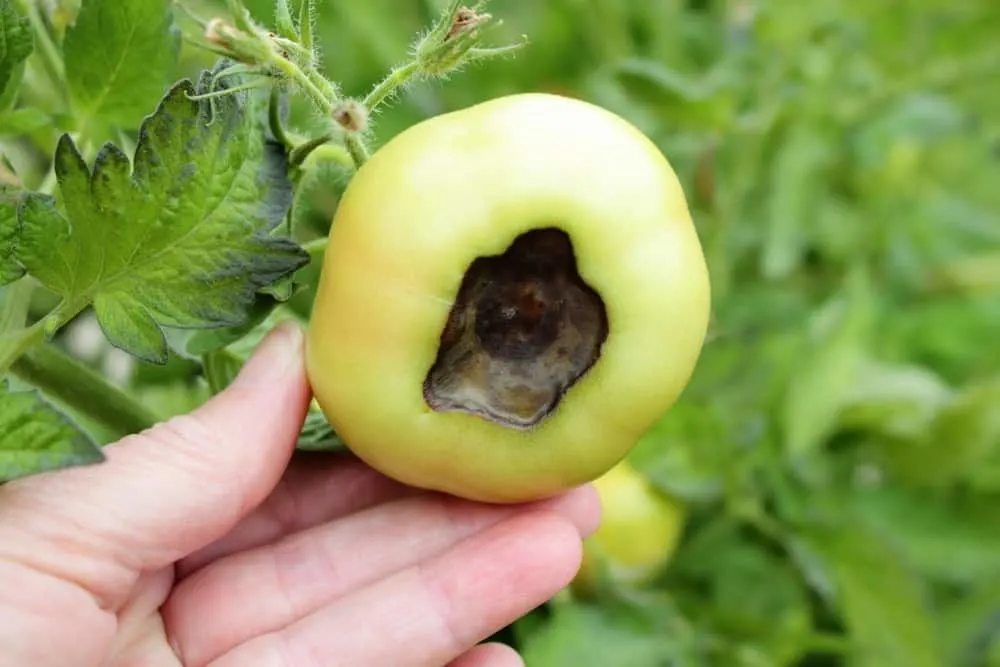
In addition, tomato plants also need some nitrogen… but not too much.
If you provide too much your plants will be big and bushy and green but you won’t have any flowers and therefore no fruit!
Here’s how I show my tomato plants lots of love before I reveal my homemade tomato fertilizer recipe perfected after growing tomatoes for 30 years.
Prepare Your Tomato Beds
Before you even think about fertilizing your tomato plants it is essential to be sure that you fill your garden bed with ample nutrition.
I amend my beds prior to planting any tomatoes using composted chicken manure or cow manure.
I also add in some worm castings which you can retrieve from your home vermicomposter. Here’s our guide to starting your own worm bin at home. It’s perhaps the best way of home composting so you should seriously consider starting one.
If you don’t have your own worm bin at home, you can purchase a 15 pound bag of organic earthworm castings from this page on Amazon.
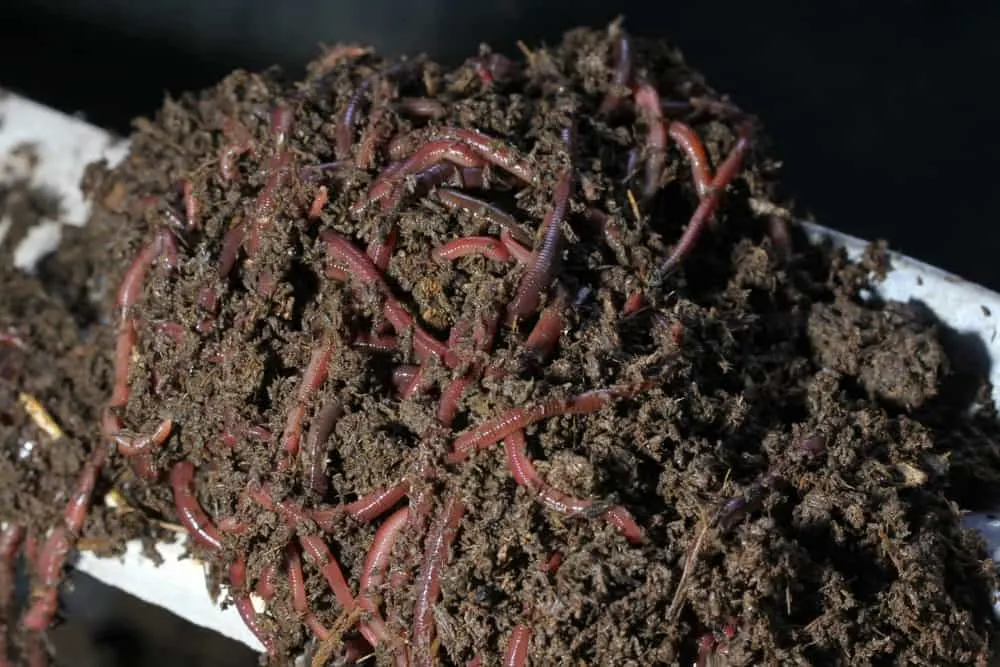
Vermicompost is loaded with nutrients as well as a wide variety of microscopic microorganisms that help tomatoes gobble up food easily while keeping soil-dwelling pests at bay.
Another exceptional and easily available additive is eggshells.
I wash and dry my shells and grind them into a powder that is easily blended with the soil. Eggshells give your soil a burst of calcium which tomatoes use to protect themselves against blossom end rot.
To learn more about using eggshells in the garden and more brilliant ways to use the shells (including why you should eat them!) have a read of our article here.
Check your beds for good drainage and ensure that there is no compacted soil that will get in the way of proper drainage.
You should be able to push your fingers into the soil without too much force. If you can’t do this, it is likely that your soil is compacted and needs to be broken up.
The Best Time To Fertilize
When thinking about fertilizing your tomato plants for robust growth the best strategy is to fertilize when planting and then wait a bit for your plants to get settled into the garden bed.
At Planting
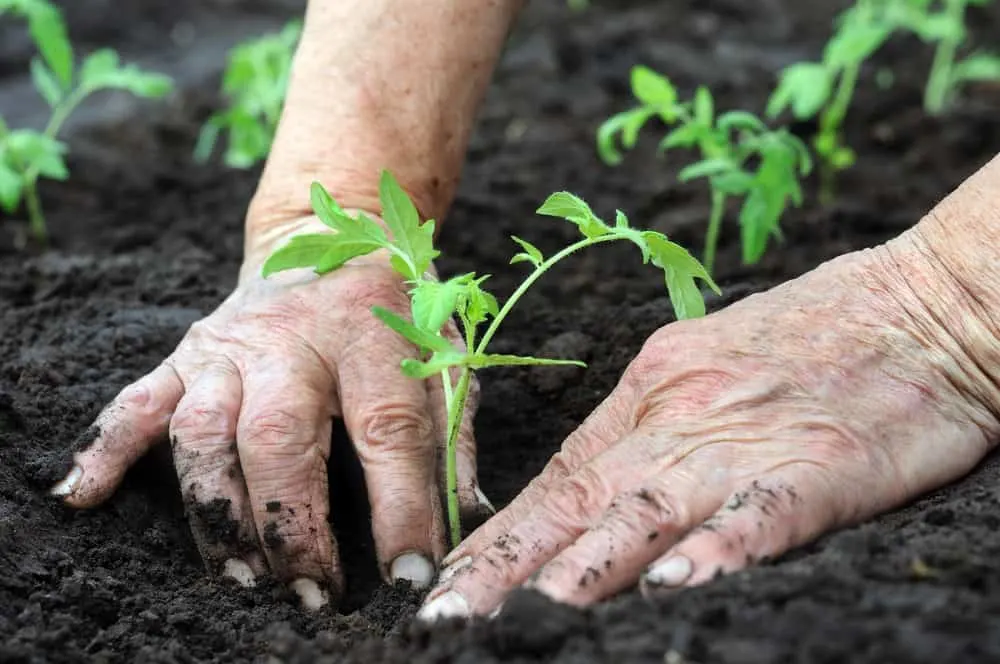
It is important to give your tomato plants a push right from the start.
The very first thing I toss in the planting hole is a fish head.
As raw fish decays quickly, it provides nitrogen, phosphorus, calcium and trace minerals to the newly planted tomato.
You can also use fish bones, fish guts, and shrimp shells.
Check at your local grocer or local restaurants, they might give you some fish heads for free!
The next thing I generally add to the planting hole is a few crushed eggshells for calcium and two aspirins crushed. These provide an immunity boost.
Finally, I add ⅓ cup of organic bone meal and ¼ cup of my homemade tomato fertilizer (see below). Bone meal is a nutrient rich powder made from boiled animal bones that are then pulverized. It’s a great soil additive to have on hand; read more about it here.
I cover these goodies with a little soil and pour in some warm water.
At Fruit Set
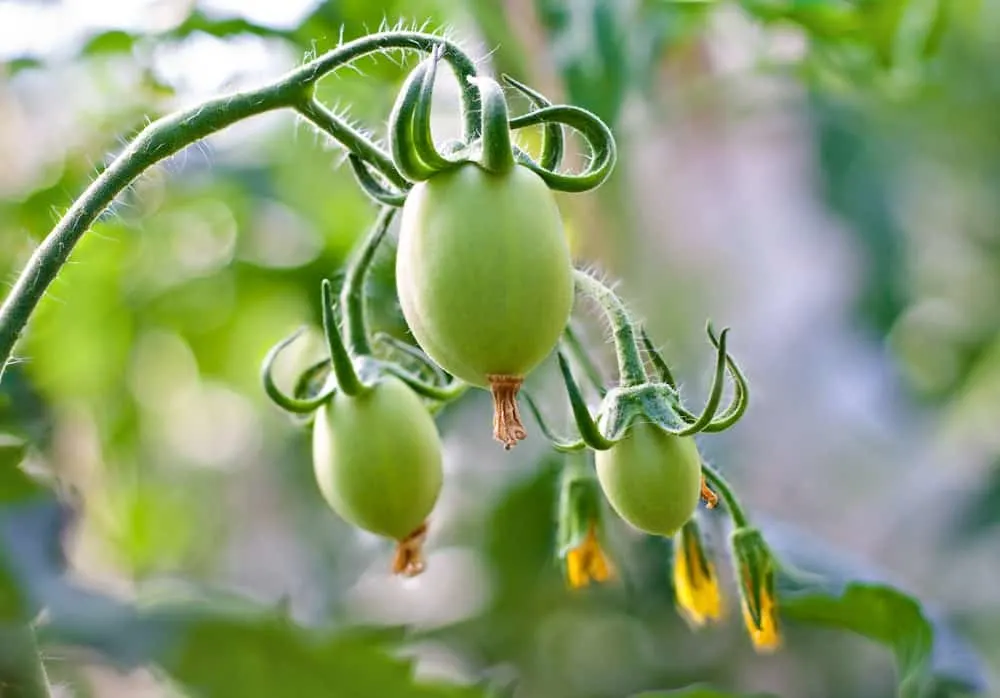
When I see the first little fruits starting to form on my plants I provide a second application of fertilizer.
This is a good time to use fish emulsion – such as this Organic Neptune’s Harvest Fish & Seaweed Fertilizer – which provides vital nutrients for the developing fruit.
In addition, I use an organic foliar feed which I use on the plant and on the soil around the plant or some of my very own homemade tomato fertilizer (see recipe below).
Supplemental Feedings
Keeping a close eye on your tomato plants throughout the growing season is a good way to know when they need a little extra boost.
If you happen to notice that your fruit production is slowing down or your plants look a little “tired,” it might be time to offer up another feeding.
I generally use fish emulsion or compost tea or composted manure at this time.
To avoid your plants becoming too stressed, provide supplemental feeding once a month throughout the growing season.
A note on chickens, rabbits, and hamsters
If you have chickens, their manure is exceptional for tomatoes – just be sure to compost it well before using.
Rabbits and hamsters also offer rich manure for tomatoes. This is especially true if they have a lot of alfalfa in their diets.
My Favorite Homemade Tomato Fertilizer
Over the years of trial and error, I have discovered a formulation for tomato fertilizer that seems to work best. Although there are many options for homemade fertilizer, this one has worked best for me:
The base:
Any good organic tomato fertilizer uses a high-quality compost for its base. I use compost made from food and yard waste. If you do not have homemade compost you can just blend composted animal and coconut coir together.
Vermicompost
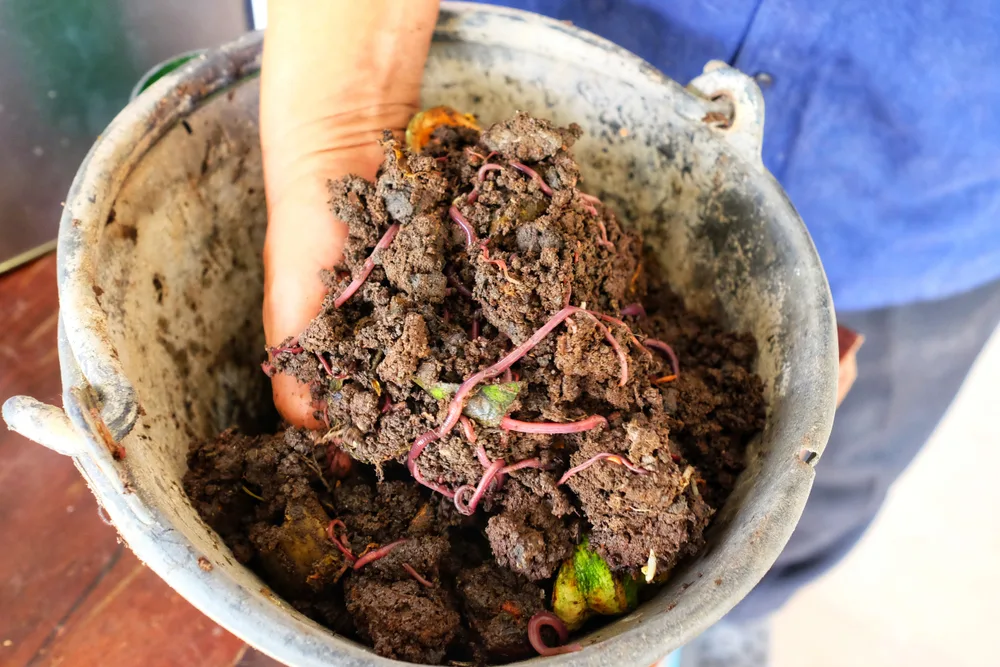
Combine a half-gallon of your compost blend and place it into a bucket. Break all the clumps up and make sure it is well combined.
Add two cups of vermicompost to your compost blend to help provide beneficial microbes in the soil. In addition, add two cups of powdered eggshells and two cups of rabbit or hamster droppings.
If you don’t make your own vermicompost, you can purchase some from your local garden center or online – such as from this page on Amazon. You can also buy rabbit manure if you don’t produce your own.
Potassium and phosphorus
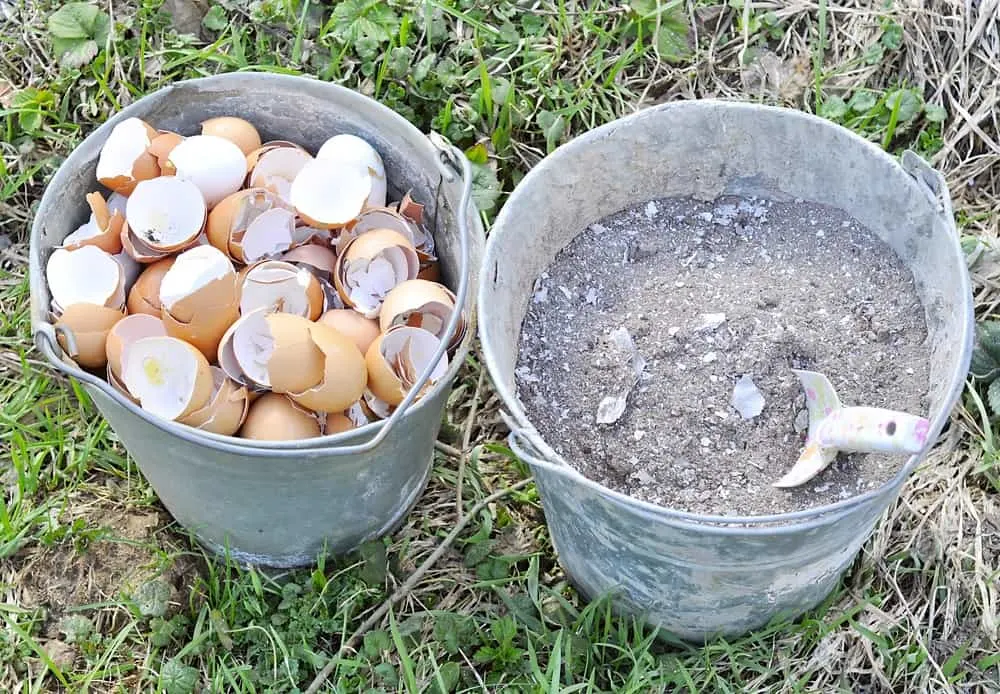
Next, bolster up the potassium and phosphorus levels by adding in a cup of wood ashes. Wood ashes have a number of brilliant uses in the garden.
If this is something that you have a hard time finding, you can use a couple of cups of kelp meal for a potassium boost and a half cup of bone meal to add phosphorus.
Nitrogen
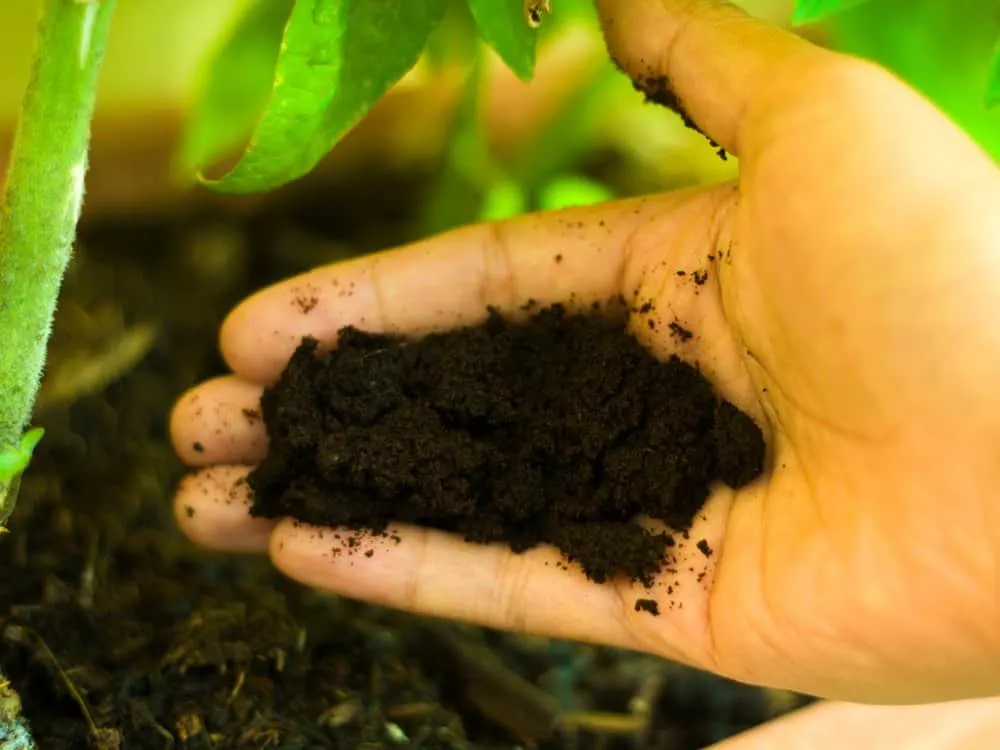
I add 1 cup used coffee grounds or 2 cups alfalfa pellets for a slow release nitrogen fix for my tomatoes.
Make sure you add some water to the pellets so that they fall apart before you add them to your mix. If you need a higher boost of nitrogen you can use blood meal. Add half a cup to your mixture.
Although it may sound strange, you can also add finely cut pet hair or human hair to your mix. Hair breaks down and adds nitrogen and also keratin – a protein which tomatoes will use well for strong growth.
Let your fertilizer cure
It is important to let your fertilizer cure for about a month or so before using. Be sure that it is in a sealed bucket.
Liquid Organic Fertilizer
If you would rather use liquid fertilizer you can create what is known as a fertilizer tea.
Of course, this is one tea you do not want to drink!
To make the tea follow these steps:
- Mix one pound of homemade fertilizer (made above) to a gallon and a half of water. Stir to mix well a couple of times a day.
- Place your bucket with the lid on in an area where it is protected from extreme cold or heat.
- Allow your compost tea to steep for five days.
- Strain the liquid and use it immediately in an undiluted form.
- Add the solid parts to your compost pile or sprinkle around the base of plants in your garden.
Other ways to ensure a bountiful harvest of tomatoes
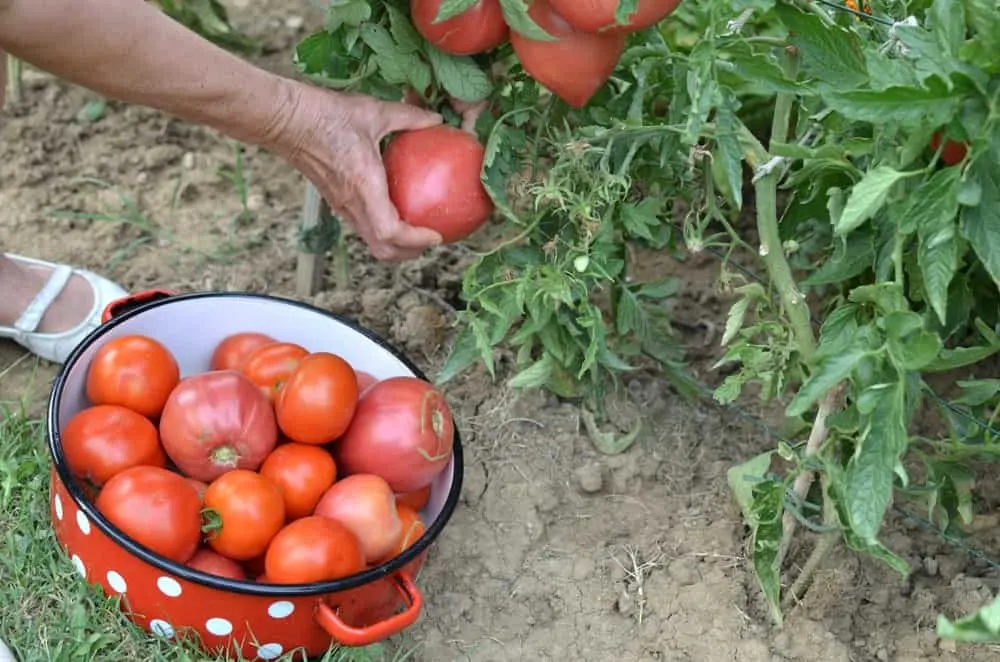
- Always start with healthy plants that are at least a foot tall.
- Be sure to harden off indoor transplants well before planting.
- Never transplant on a windy or hot day.
- Dig a 12- inch hole for transplants.
- Pinch off the lower two to three sets of leaves before planting.
- Leave two to three feet between plants for good airflow.
- Provide each tomato plant with a gallon of water after planting.
- Invest in sturdy tomato cages to provide support as your tomatoes grow. Here are some more tomato support ideas.
- Plant friendly companion plants to reduce pests and disease.
- Prune correctly to avoid your plants wasting energy on non-productive growth.
Want to learn more about growing beautiful, tasty and abundant tomatoes? Here’s some more tomato growing goodness on Rural Sprout.
More Tomato Growing Goodies
Happy tomato planting!
Pin This To Save For Later
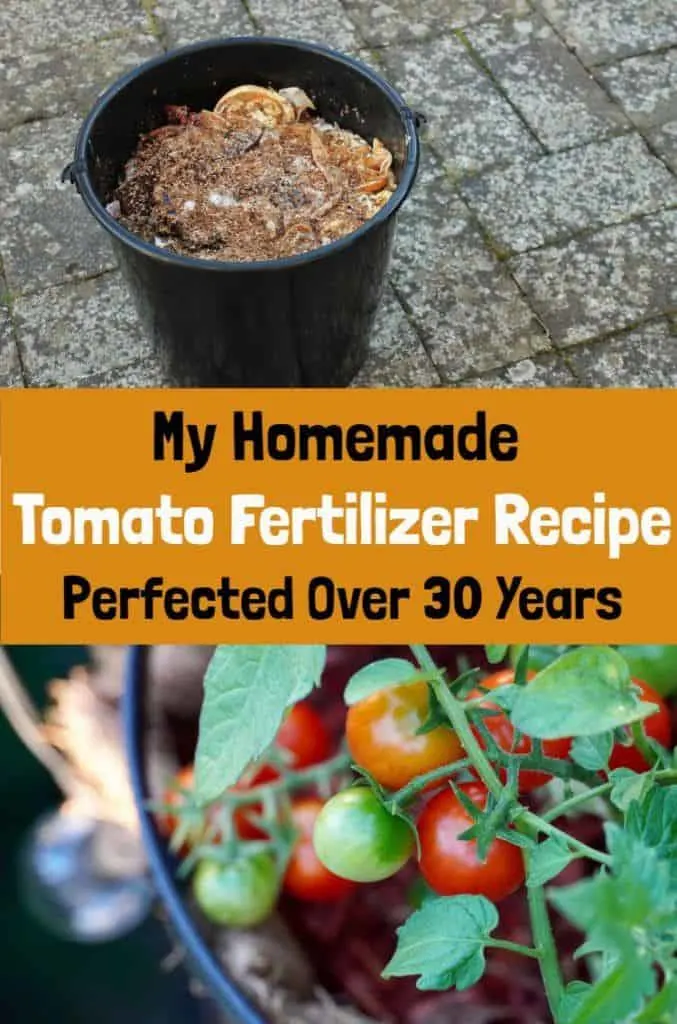

Get the famous Rural Sprout newsletter delivered to your inbox.
Including Sunday musings from our editor, Tracey, as well as “What’s Up Wednesday” our roundup of what’s in season and new article updates and alerts.

